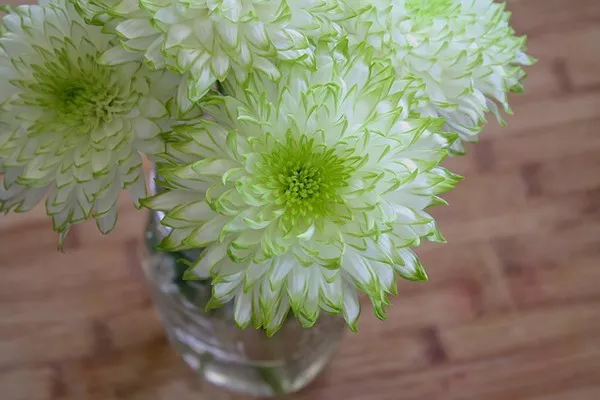Terrariums, miniature ecosystems enclosed within glass containers, have gained immense popularity among nature enthusiasts and hobbyists alike. One of the most captivating aspects of these self-sustaining environments is the ability of plants to thrive within their confined spaces. In this article, we explore the fascinating world of terrariums and delve into the remarkable adaptations that enable plants to survive and flourish in these miniature paradises. From moisture regulation to nutrient recycling, plants have evolved a myriad of strategies to endure and prosper within the glass confines of terrariums.
Terrariums provide a captivating glimpse into the self-contained world of nature. These enclosed environments mimic the conditions of a natural ecosystem, allowing plant life to prosper without regular external intervention. This article aims to shed light on the various ways in which plants manage to survive within the limited boundaries of a terrarium and thrive despite the confined space.
Moisture Regulation:
In a terrarium, water is a precious resource that must be utilized efficiently. The enclosed glass walls create a microclimate, where water tends to recirculate rather than evaporate. Plants have adapted to this environment by evolving specialized structures such as trichomes and stomata. Trichomes are tiny hair-like structures on plant leaves that help reduce water loss by limiting transpiration. Stomata, on the other hand, are small pores on the leaf surface that allow gas exchange while controlling water loss through their opening and closing mechanism.
Light Utilization:
Light is another critical factor that determines plant survival within a terrarium. As these miniature ecosystems often sit indoors, they rely on artificial light sources. Plants have evolved to efficiently utilize available light by capturing and converting it into energy through photosynthesis. Many terrarium plants are low-light species that have adapted to thrive in the dimmer conditions found in indoor settings.
Limited Space and Competition:
Terrariums, by design, offer limited space for plant growth. As a result, the plants within must adapt to minimize competition for resources. Root systems play a vital role in this adaptation, with some plants developing shallow root systems that spread horizontally to maximize nutrient absorption. Additionally, the slow growth rate of some species enables them to better adapt to confined spaces.
Nutrient Cycling:
In a self-sustaining ecosystem like a terrarium, nutrient availability is finite. To cope with this limitation, plants have evolved mechanisms for efficient nutrient recycling. Fallen leaves and organic matter provide a crucial source of nutrients that are broken down by microorganisms and converted into forms that plants can readily absorb. This natural recycling process ensures a constant supply of essential nutrients for sustained plant growth.
Adaptations to Humidity:
Terrariums tend to maintain higher humidity levels due to the limited air exchange. This humid environment is conducive to the survival of specific plant species that have adapted to thrive in such conditions. These humidity-loving plants often possess specialized adaptations such as epidermal hairs, which aid in the absorption of moisture from the air.
Self-Pruning Mechanisms:
In a confined space like a terrarium, overcrowding can hinder plant growth and overall ecosystem balance. To counter this, some plants have evolved self-pruning mechanisms. These mechanisms enable the plants to shed older or damaged leaves, redirecting energy towards new growth and ensuring the plant remains healthy and well-proportioned within its limited space.
7. Reproduction and Pollination:
The survival of plant species within a terrarium requires successful reproduction. Some plants have evolved unique strategies to facilitate self-pollination or asexual reproduction, reducing their dependency on external agents like insects or wind for pollination. These adaptations contribute to the continued propagation of plant life within the confines of a terrarium.
Dormancy and Adaptation to Seasonal Changes:
Terrariums often experience minimal seasonal changes due to their controlled environment. However, some plant species have adapted to such changes through dormancy. Dormancy is a state of temporary inactivity where the plant conserves energy during unfavorable conditions. In terrariums, this ensures that the plants can survive through any seasonal fluctuations, including periods of reduced light or temperature.
Conclusion:
Terrariums provide a captivating glimpse into the resilience and adaptability of plant life in confined spaces. The survival of plants within these miniature ecosystems is a testament to their incredible ability to adapt to challenging conditions. From moisture regulation to nutrient recycling and specialized reproductive strategies, plants have evolved a plethora of ingenious adaptations that allow them to flourish in the magical world of terrariums. As we continue to explore and understand these adaptations, we gain a deeper appreciation for the wonders of nature and the intricate relationships that sustain life on our planet.


